APIs—or application programming interfaces—are essentially just software, which means they also have a software development lifecycle (or SDLC). Breaking API development down into smaller, repeatable stages helps streamline processes and creates a better end-product for your customers. Let’s take a look at the individual stages of the API lifecycle and discuss some tips and best practices for API lifecycle management.
API Lifecycle Management Stages
There is no one agreed-upon model of the API lifecycle stages, but we find it helpful to break API lifecycle management up into five parts: planning, development, testing, deployment, and retirement.
Planning Stage
Every API development project must start with the planning stage. This is when you’ll design your API contract, which is the set of functional and nonfunctional requirements for your API. To create this contract, you’ll need to determine the following:
- Who are your customers, and what are their business needs? You need to know who will be using your API so you can plan authentication, as well as ensure you’re addressing the pain-point you’re promising to solve.
- What are your API’s capabilities? Could it benefit from the support of an SDK (software development kit) that gives your customers the tools they need to develop around your API?
- Do you want to use an API management solution to help proliferate your API, support your customers, and manage access and security?
- If you don’t use API management, how will you track your API’s usage, performance, errors, and other key performance indicators?
- How will you define the standards (such as request and response formats, return codes, versioning, etc.) to which your API platform should conform so you can ensure consistency across your APIs?
The best practice for API lifecycle management is to create this set of requirements before you begin developing your API. Documenting the features and requirements of a development project before it begins is what’s known as “documentation-driven development,” or DDD, and it can help you save time and deliver a better end product to your users.
Once your API contract is complete, your development teams can start designing the architecture and technical specifications of your API.
Development Stage
During the development stage of the API lifecycle, your development teams get to work writing the code for the API. Best practices for managing the API development stage follow the same principles as any software development project:
- Break the development stage down into a series of small, repeatable tasks that can be performed iteratively. This is known as agile software development, and it results in greater speed and flexibility as teams can easily adapt to changes and pivot their priorities as needed.
- Adopt DevOps practices by encouraging cross-team collaboration and aim to break down the silos between developers, QA testers, and IT operations.
- Continuously perform functional, quality, and security testing on the individual components of your API as they’re being developed, in addition to testing how they all work together.
Testing Stage
Building off that last point, the testing stage of API lifecycle management shouldn’t necessarily happen in this order. You need to thoroughly test each iteration of your API code for functionality, security, performance, and user acceptance so you can identify and fix problems before they cause issues later in the build.
Continuously testing your code while it’s being developed is core to the CI/CD (continuous integration/continuous delivery) software development methodology. Automation is the key to continuous testing without slowing down the development process.
Essentially, the testing stage is meant to ensure your finished product fulfills all the promises you made in your API contract.
Deployment Stage
Once you’ve finished developing and testing your API, it’s time to deploy it. The initial release of your API will likely serve as a sort of second testing stage, because you’ll start receiving customer feedback on the performance and useability of your API. That’s why it’s important to have policies and procedures in place for how that feedback is processed and acted upon.
You’ll move through the API lifecycle over and over again as you release updates and new versions of your API. When you’re developing future iterations of your API, you should include a version call function that can retrieve a known-good version of your API to put into production if the new one is incompatible or unstable. This minimizes the disruptions to your customers whose software relies upon your API.
Disruptions are especially likely when API clients have to deal with breaking changes, particularly when the systems accessing the API are difficult-to-update physical or IoT devices. To minimize the disruptive effects of breaking changes:
- Try to group breaking changes into a single update.
- Allow a period of adoption during which previous version(s) are available
- Ensure new versions are opt-in, not the default.
- Release updated SDKs in tandem with new API versions.
- Repeatedly communicate to clients the actions they should take to avoid a disruption.
Retirement Stage
Ideally, you’ll continue updating your API and moving through future iterations of API lifecycle management for many years. All good things must eventually come to an end, though, and that’s when your API will move into the retirement stage. You should thoroughly plan the migration path from your old API to a new product, and monitor usage as you wind down your support to make sure there aren’t any stragglers left behind.
Optimizing Your API Lifecycle Management
By breaking down API development into a series of repeatable steps, you can optimize your processes over time and easily adapt to requirements changes or customer feedback. Following API lifecycle management best practices during the planning, development, testing, deployment, and retirement stages ensures that you’ll deliver the best end product.
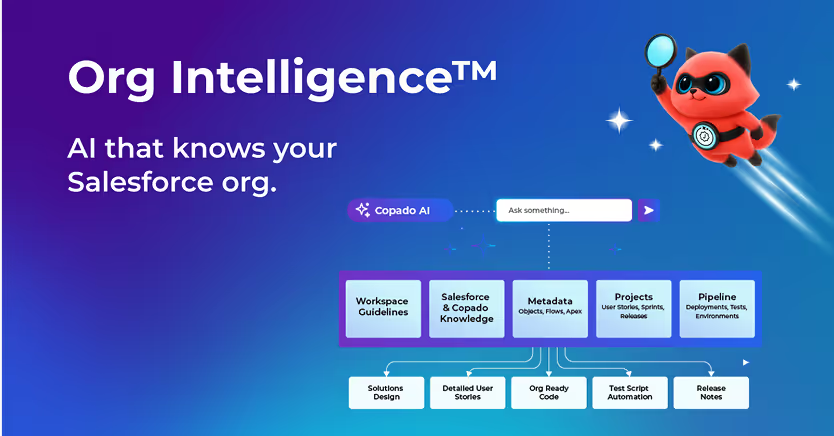











.svg)
.svg)

.png)

.svg)

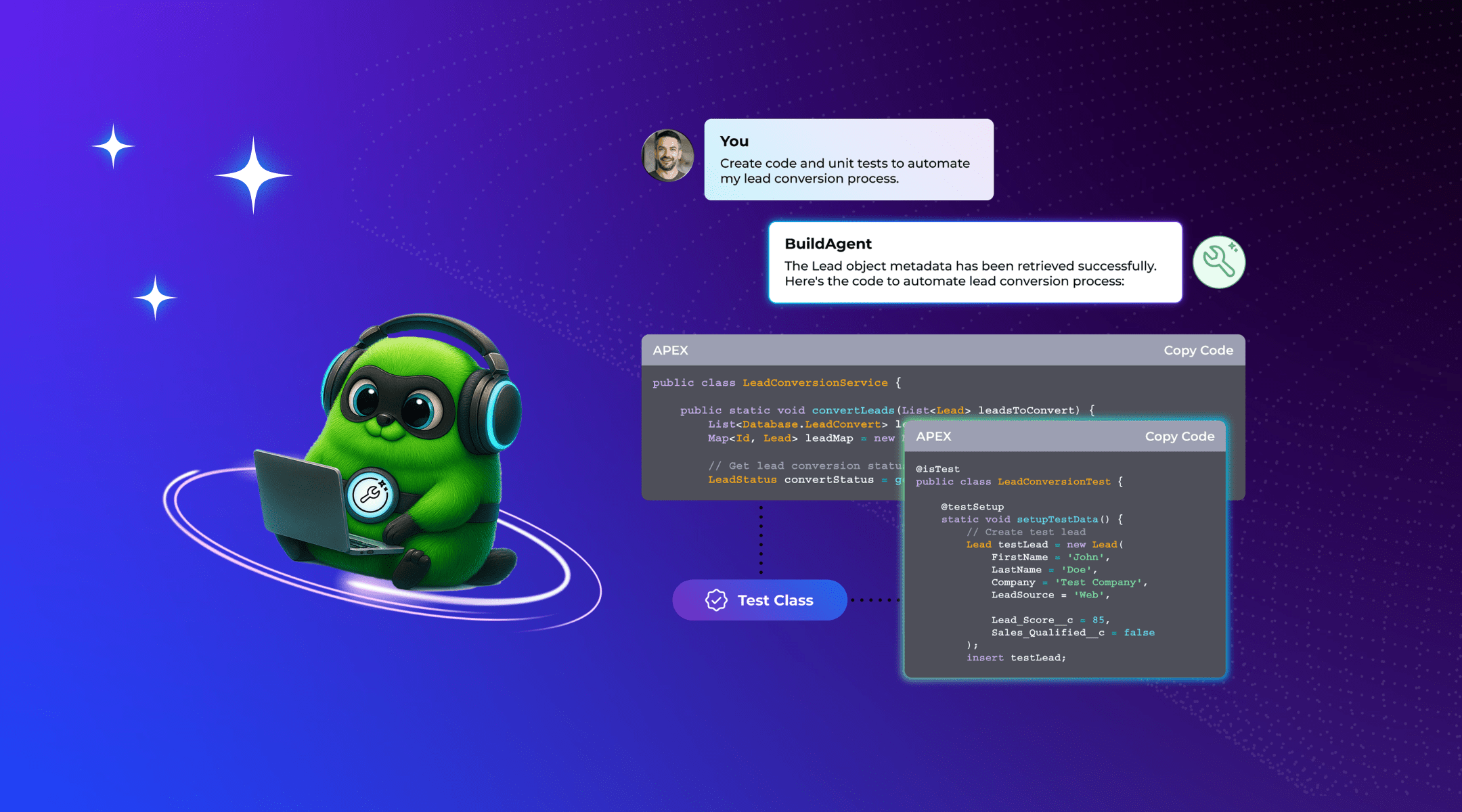


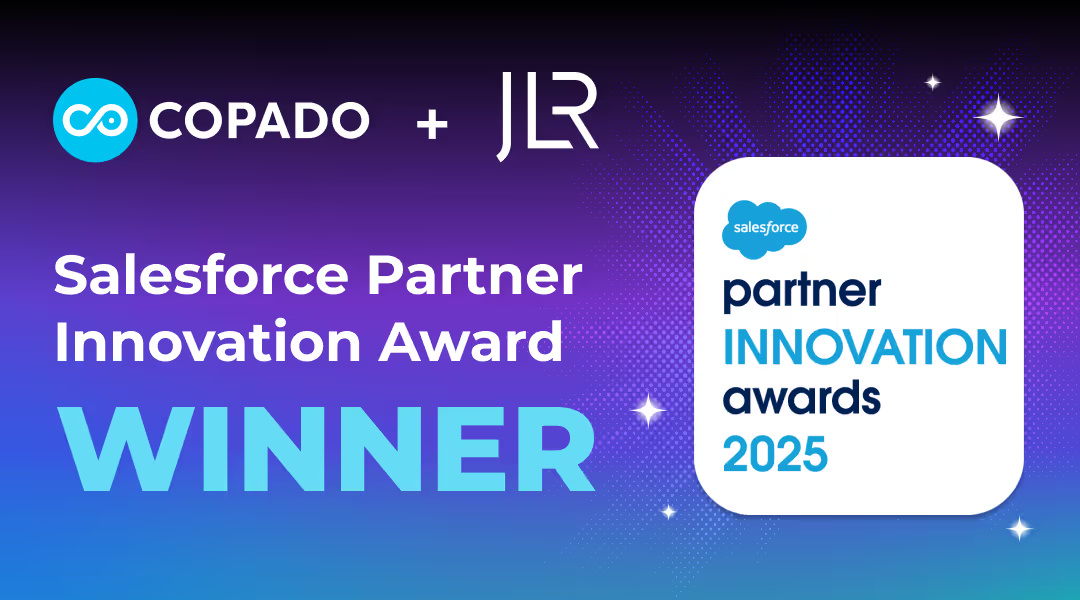



.avif)


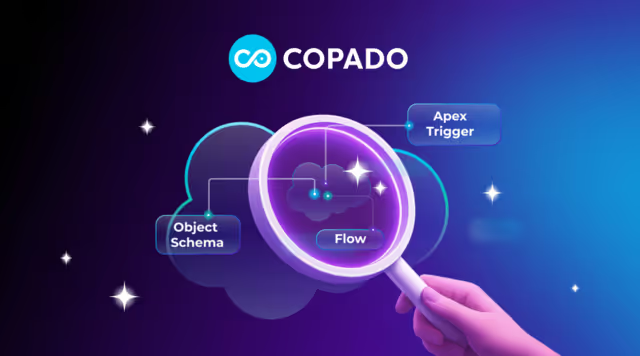
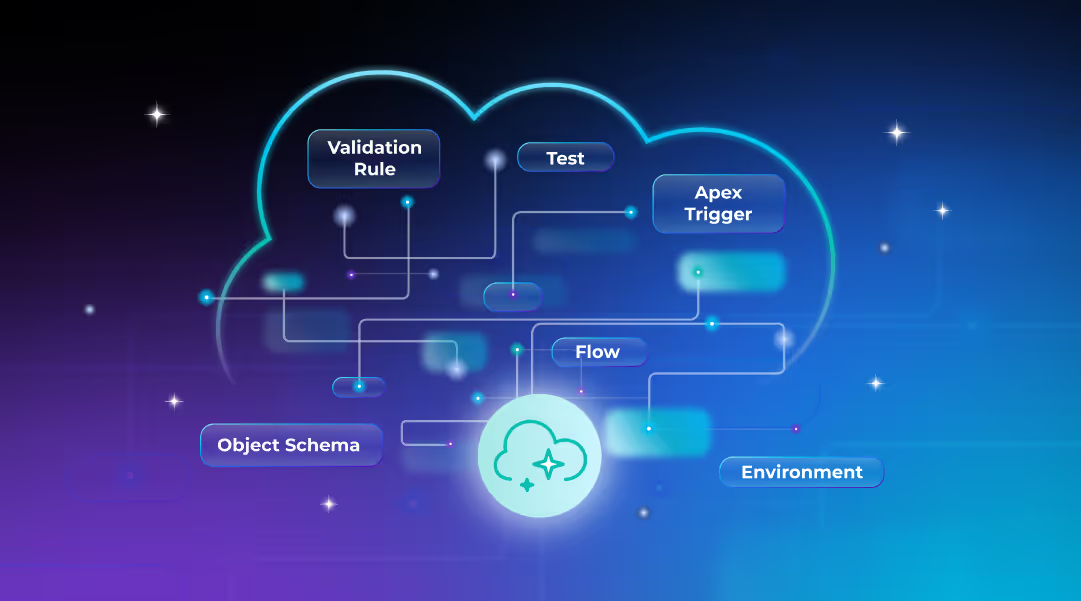









%20Data%20to%20Me_BLOG_1080x600.avif)






.avif)

































.avif)







.avif)



.avif)

























%20(1).png)
.png)
.png)

.avif)


.svg)
